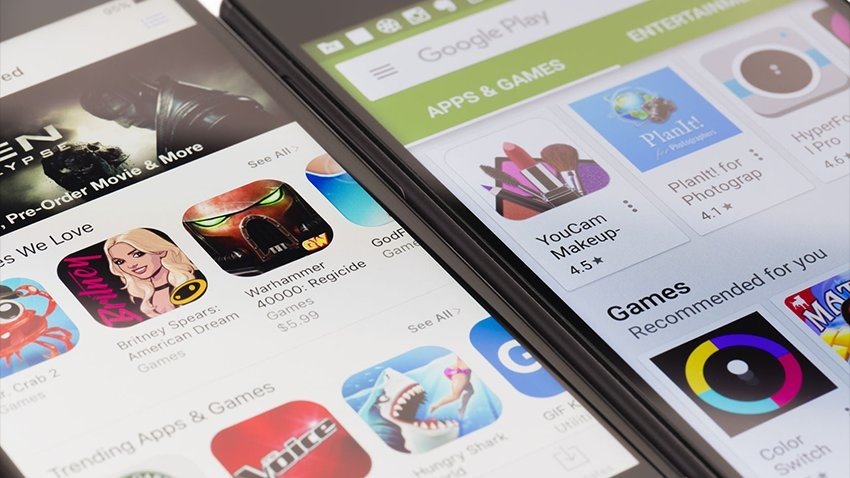
Google’s Play Store is a mess. While it’s often touted as a beacon of freedom when contrasted against Apple’s more walled-garden approach, it is filled with hundreds upon thousands of garbage apps that at best are rubbish, and at worst are stuffed with hidden malware, dodgy in-app payments or bad adverts.
In a an effort minimise the number of misleading, inappropriate, or harmful apps, Google’s team of misleading, inappropriate, or harmful apps removed over 700 000 junk apps from the store in the last year.
Says Google:
“In 2017, we took down more than 700,000 apps that violated the Google Play policies, 70% more than the apps taken down in 2016. Not only did we remove more bad apps, we were able to identify and action against them earlier. In fact, 99% of apps with abusive contents were identified and rejected before anyone could install them. This was possible through significant improvements in our ability to detect abuse – such as impersonation, inappropriate content, or malware – through new machine learning models and techniques.”
Of course, as with everything, Google’s detection is largely based on algorithms, when a little more human intervention could stop these things being so prolific. Anyway, google identified three main types of “bad apps” it removed:
- Copycats: Deceive users by impersonating famous apps, since those titles get a lot of search traffic for particular keywords. Impersonating apps are snuck into the Play Store through deceptive methods such as using confusable unicode characters or hiding impersonating app icons in a different locale. In 2017, Google took down more than a quarter of a million copycat apps.
- Inappropriate content: Apps that contain or promote content such as pornography, extreme violence, hate, and illegal activities are not allowed. The improved machine learning models sift through massive amounts of incoming app submissions and flag them for potential violations, aiding human reviewers to detect and block problematic apps. In 2017, Google took down tens of thousands of apps with inappropriate content.
- Potentially Harmful Applications (PHAs): Malware that can harm people or their devices, such as apps that conduct SMS fraud, act as trojans, or phish users’ information. Finding these bad apps is non-trivial as the malicious developers go the extra mile to make their app look as legitimate as possible. Google says it reduced the rate of PHA installs in 2017 via Google Play Protect “by an order of magnitude” compared to 2016.
Earlier this year, Google removed 60 games from the Play Store that were found to be serving porn-laden ads to children.
That all said, I’ve found that I download and use significantly fewer apps than I used to. Of course there are standard and stalwarts that I stick to, but I seldom go in search of new apps in the same way that I did years ago. I suspect that’s true of most people, who’ve found a groove with what they expect out of their devices.
Last Updated: January 31, 2018




















